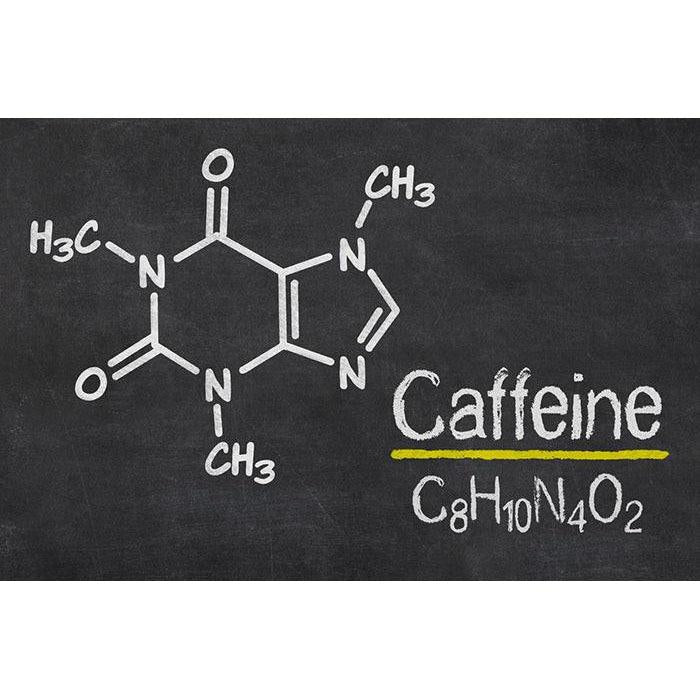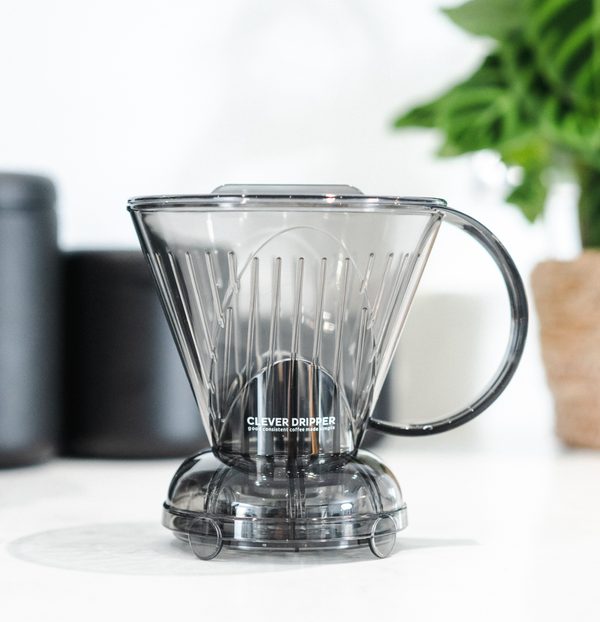
Coffee + Maths = Delicious
Scientists have been seeking the answer to the perfect coffee brew for some time now, and it so happens that when you combine coffee, mathematics, and a hint of science together, you’d suspect that you might get a very interesting outcome.
Well, that’s what William Lee at the University of Portsmouth and Kevin Moroney at the University of Limerick have done.
By looking at how coffee is extracted from the grains of their filter machines, they have revealed the answers to some burning questions in the art of coffee making. Complex calculations have perfected how oils are extracted from the grains; helping coffee lovers all around the world optimize their liquid-love by applying a precise scientific approach.
Fonder the Famous Taste
Being the second most traded product after oil, coffee including both Arabica and Robusta is produced in over 70 countries worldwide.
When harvesting, they will always try to aim for quality beans through making sure the coffee bean is filtered as much as possible. This is explained in our last article “Lifecycle of the Coffee Bean” which includes sorting the bean by size, density, colour, and weight. Although every effort is made to pick the most vibrant beans from the plants, knowing what to do with them next is the key to developing that lasting taste that you’ll truly enjoy.
Just like tea, everyone has their preferred cuppa, and they alone know exactly how to make it. So how can we implement this for coffee? Well, these scientists aren’t telling you how to make your coffee, you’ve already got that sorted, they’re simply educating us on how to get the highest quality brew out of our coffee beans.
The Secret Formula
There are two main processes when it comes to extracting coffee. There’s the slow process that saturates the grains to their core, malting the interior for a finer, concentrated taste. Then there’s the faster process that extracts the exterior coffee oils and then these are blended with steaming hot water.
We already know that grinding the beans too finely will produce a bitter taste, and in return not grinding them down enough will result in a watery substance. The research conducted has taken that observation and made it quantitative.
So now, rather than just saying that you need bigger coffee grains, you could adjust the flow rate and say: “I want this much coffee from the beans, this is exactly the size I should aim for", essentially allowing us to tweak the perfect cup of coffee for our individual needs.
They are now looking into how the shape of the coffee takes place in the drip filter machine. Depending on how you lay the coffee on the bed of the filer, it might also play a role in how the coffee will taste. Let’s say for instance you lay the coffee flat; it will likely hold a bland taste and flat texture, compared to what you could really achieve.
If the shape of the coffee is deformed as you brew, it sticks to the interior walls during the end of its brew, leaving the oil goodness behind that was meant to strain into your cup. Reducing this missed opportunity is the goal, and all of these questions have yet to be answered.
This also includes how we pour the hot water. Research is going into how this might really affect the saturation process; do you pour one singular stream of water with a tap-like pour? Or perhaps we should lightly spray the water during the filtration process, and let gravity force it to slowly soak through.
We already cherish the fine things in life here at Coffee Hit, and if there is a secret formula for the perfect coffee, our coffee equipment is the best way you can help yourself achieve it.











